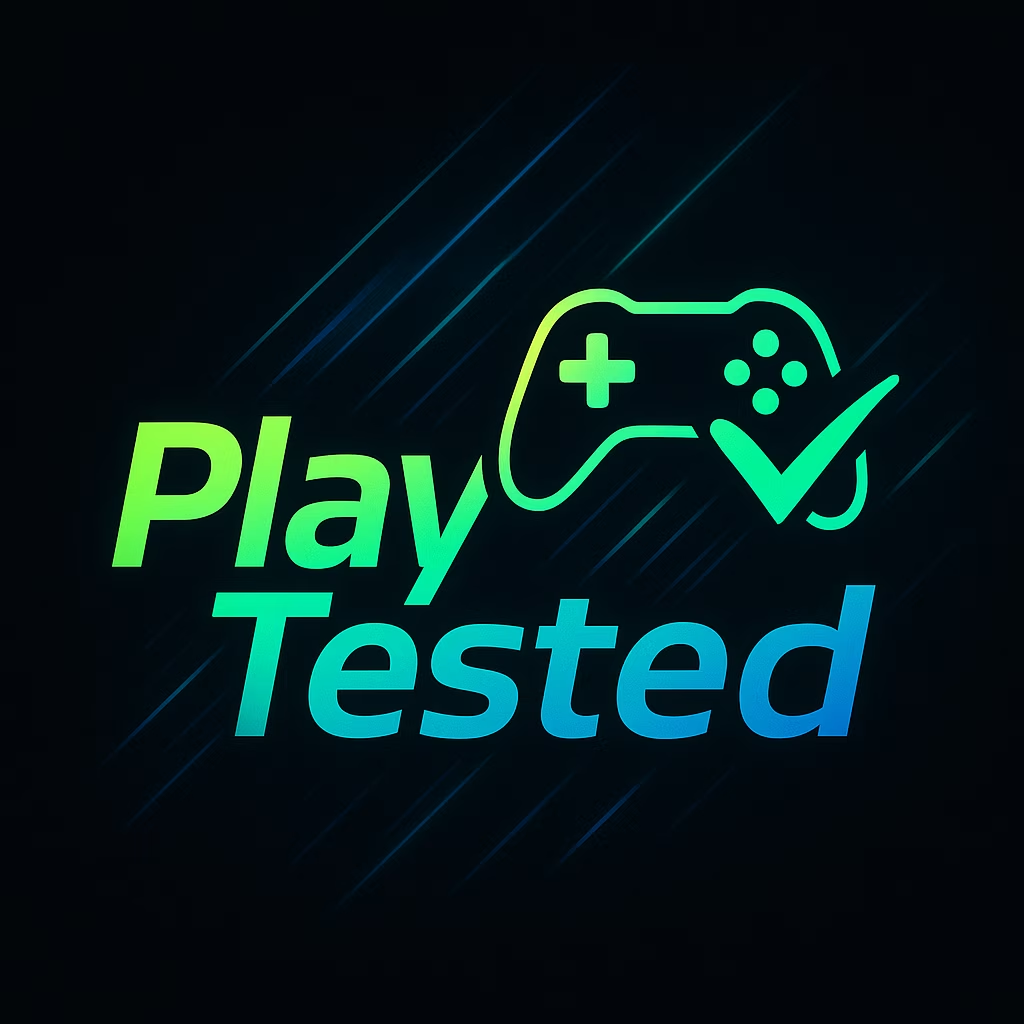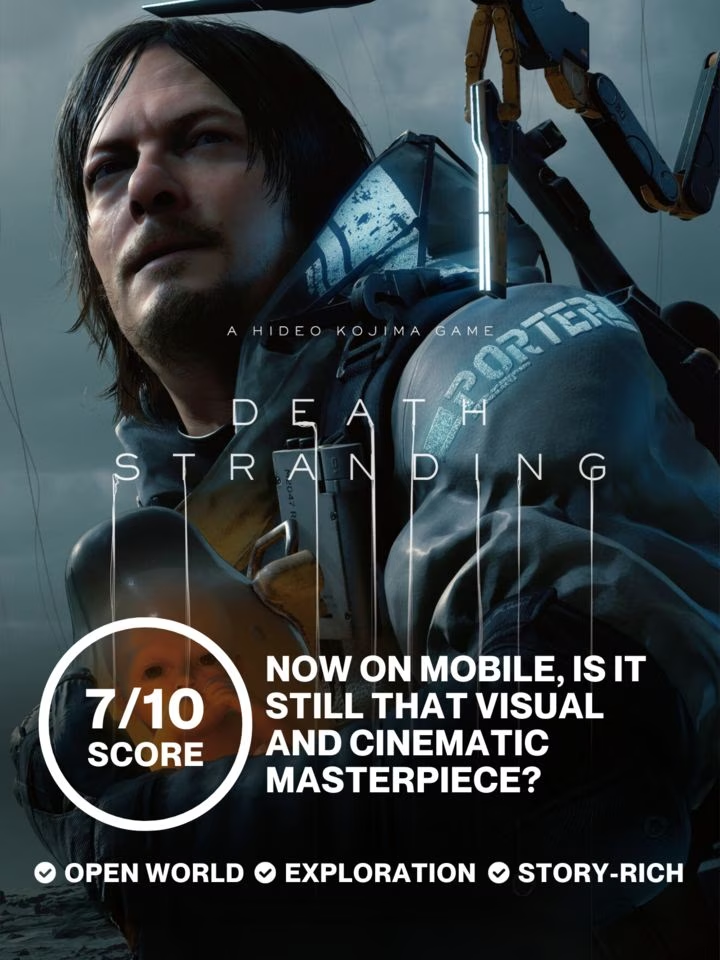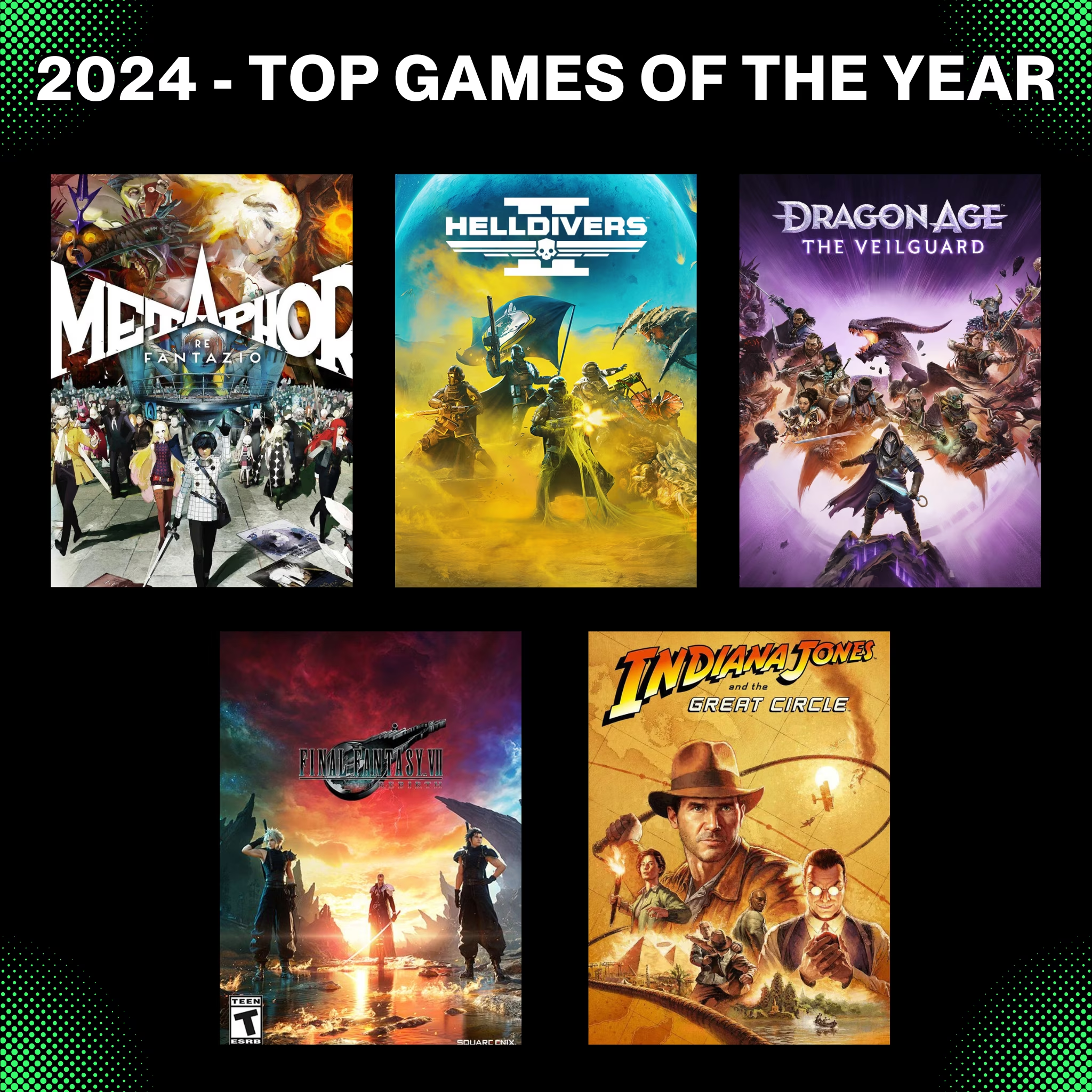The Most Creative, Imaginative, Co-op Game To Date
Split Fiction Review
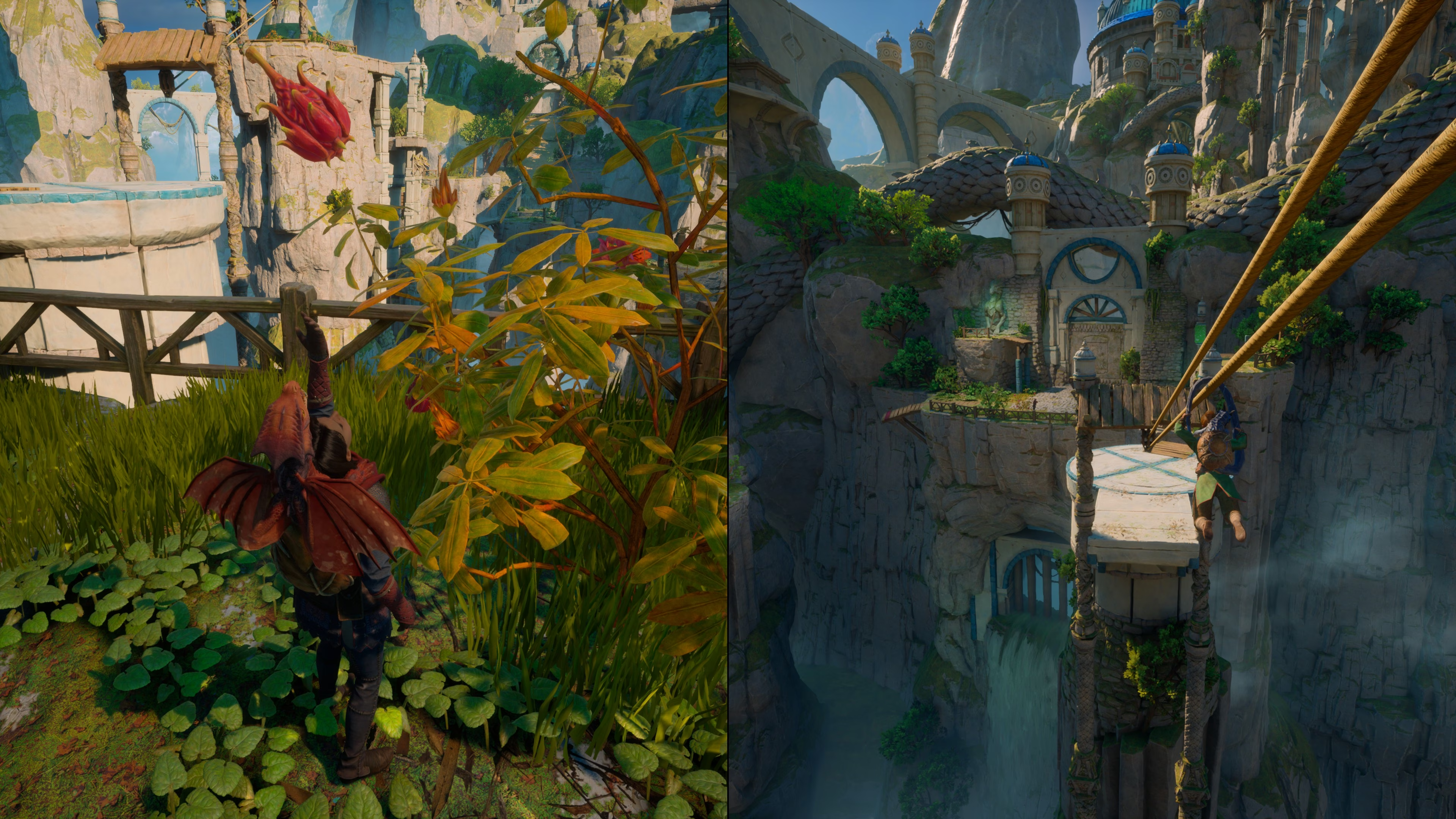


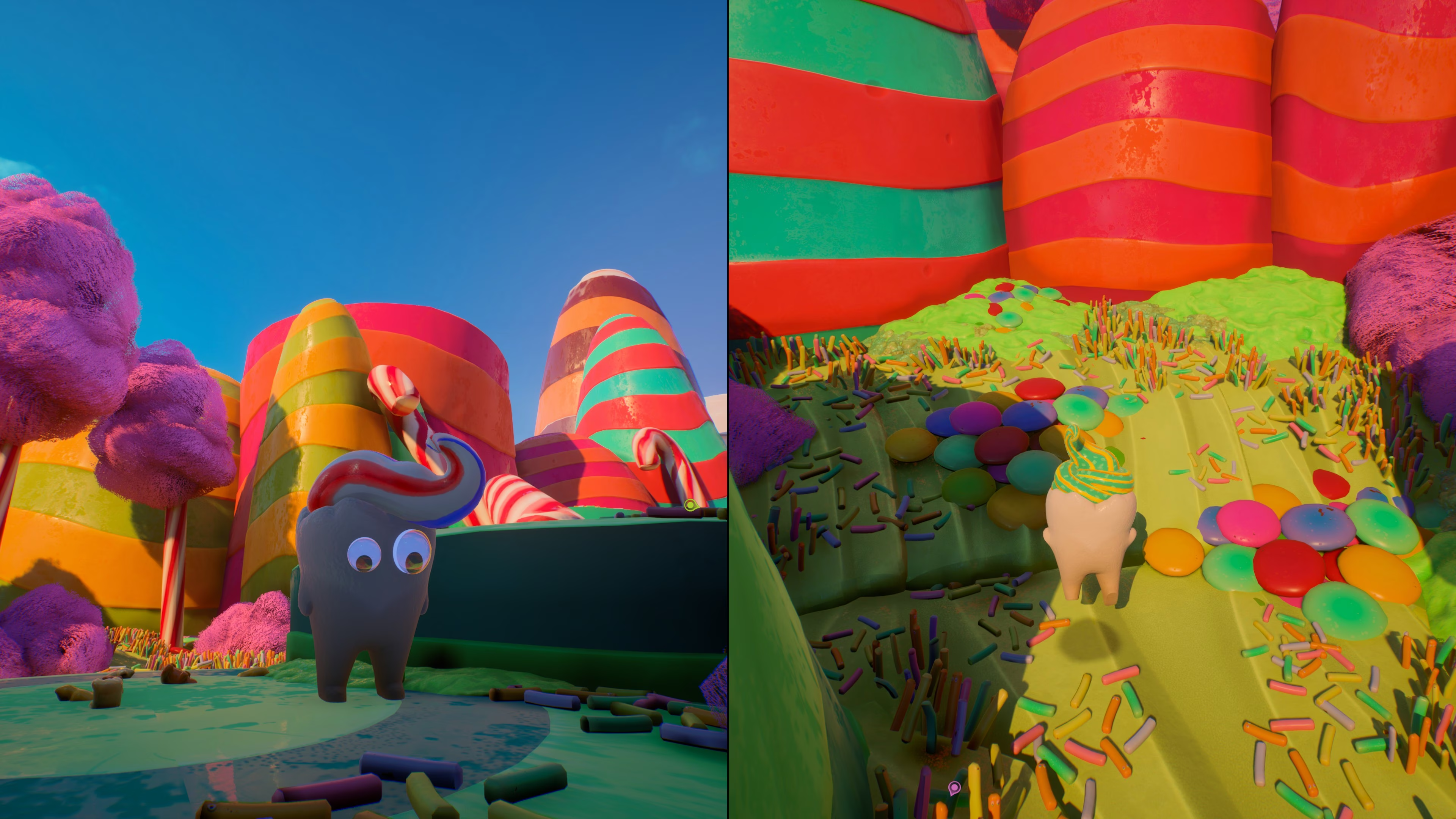

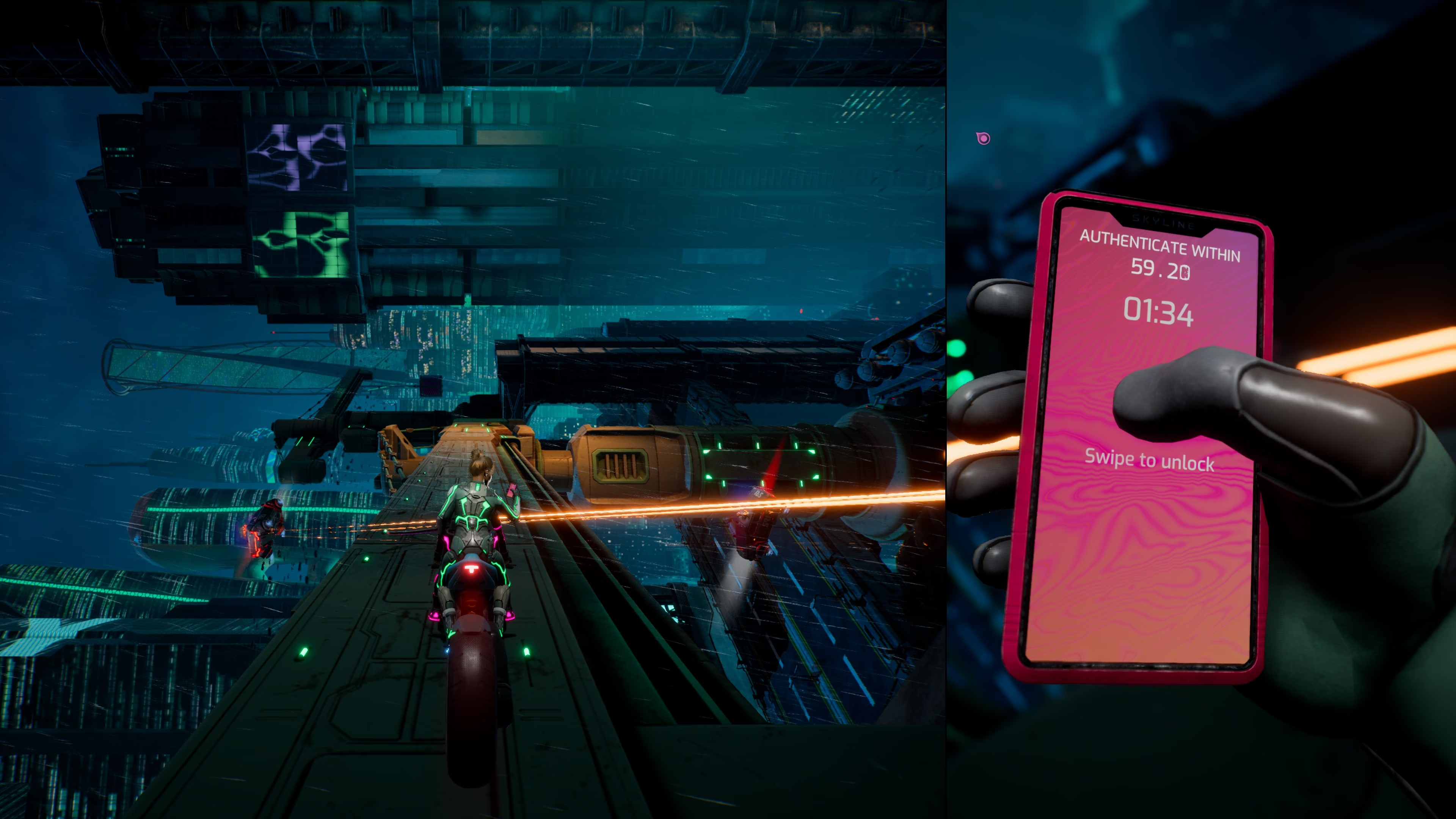
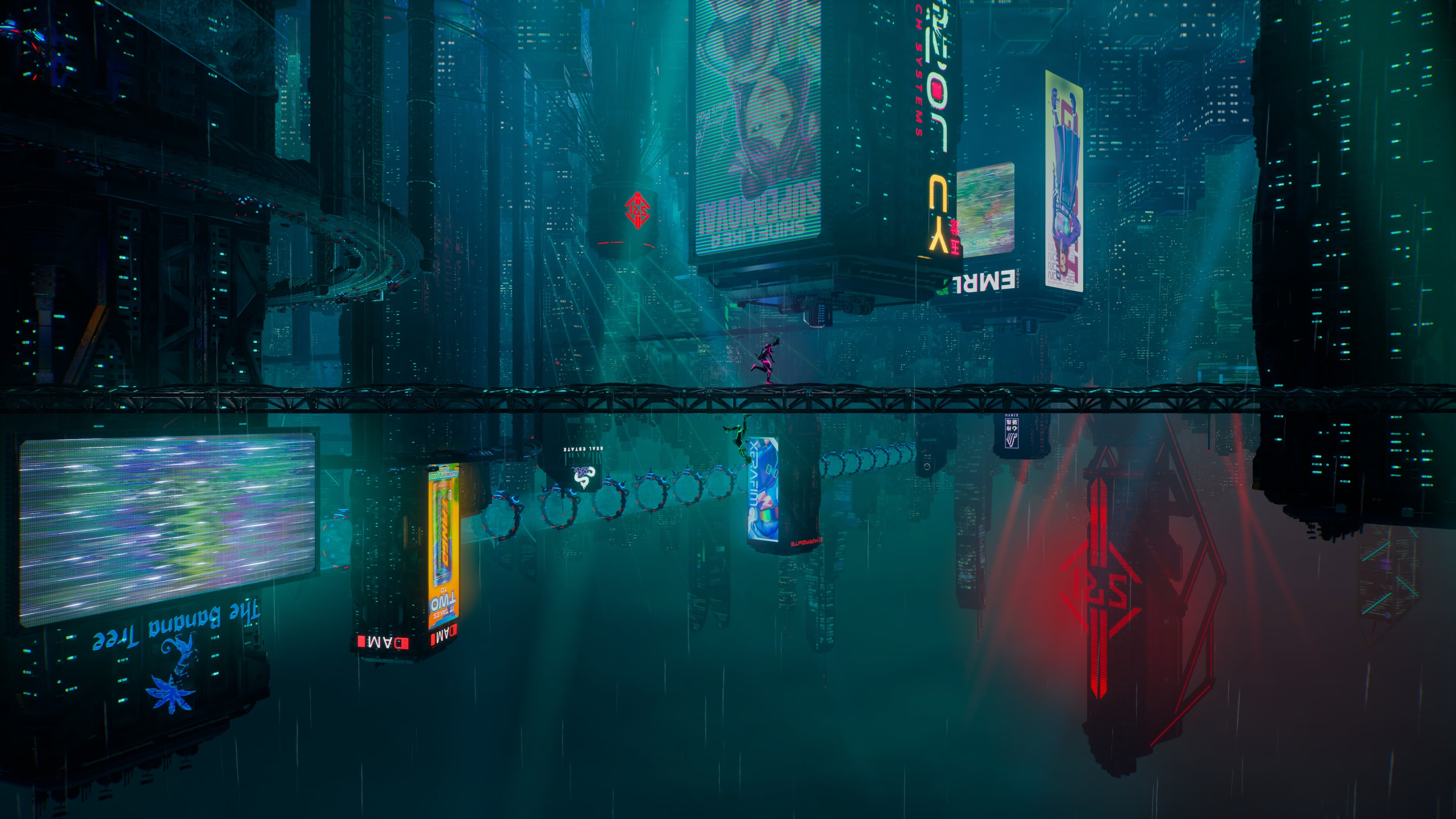
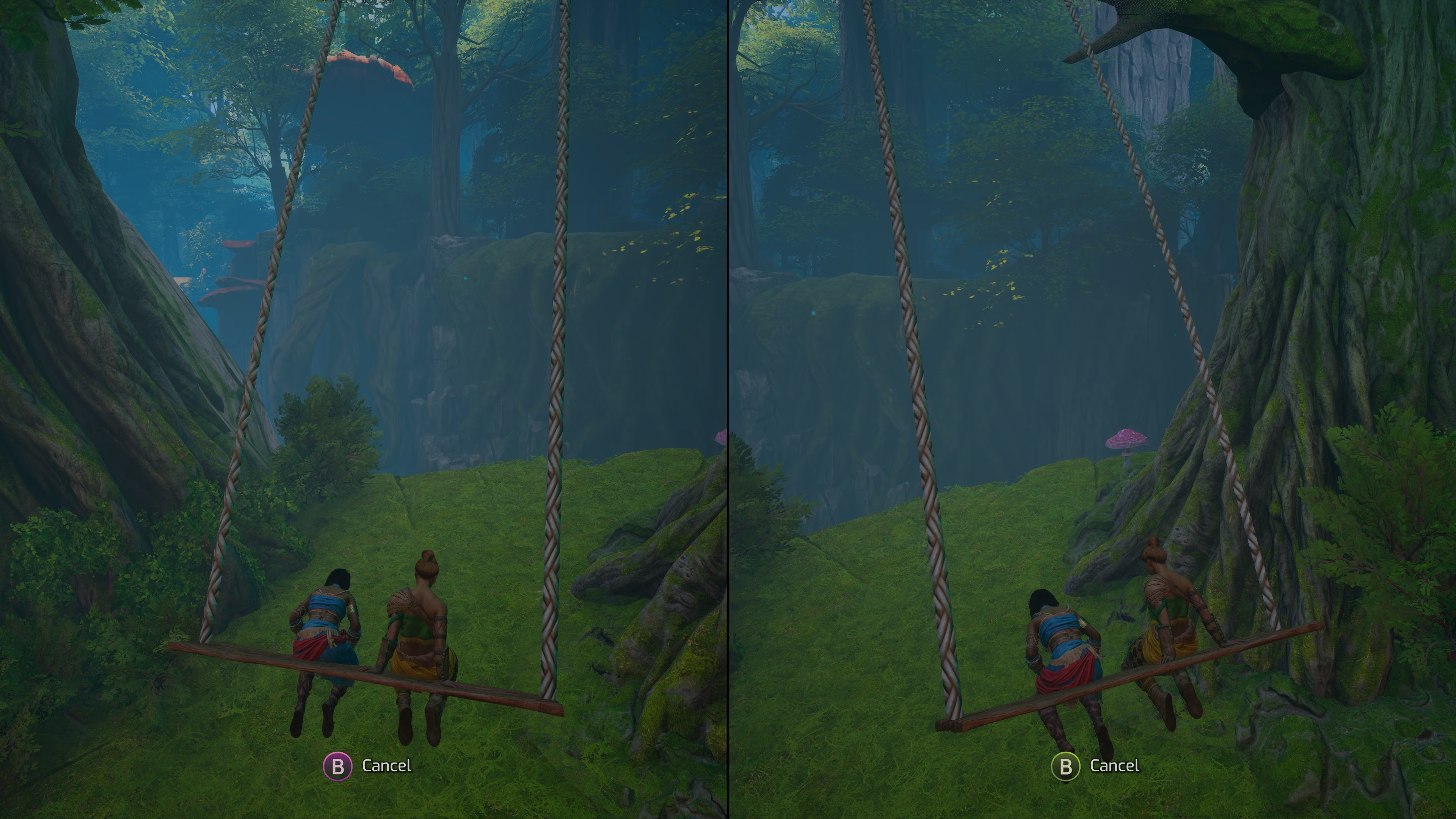
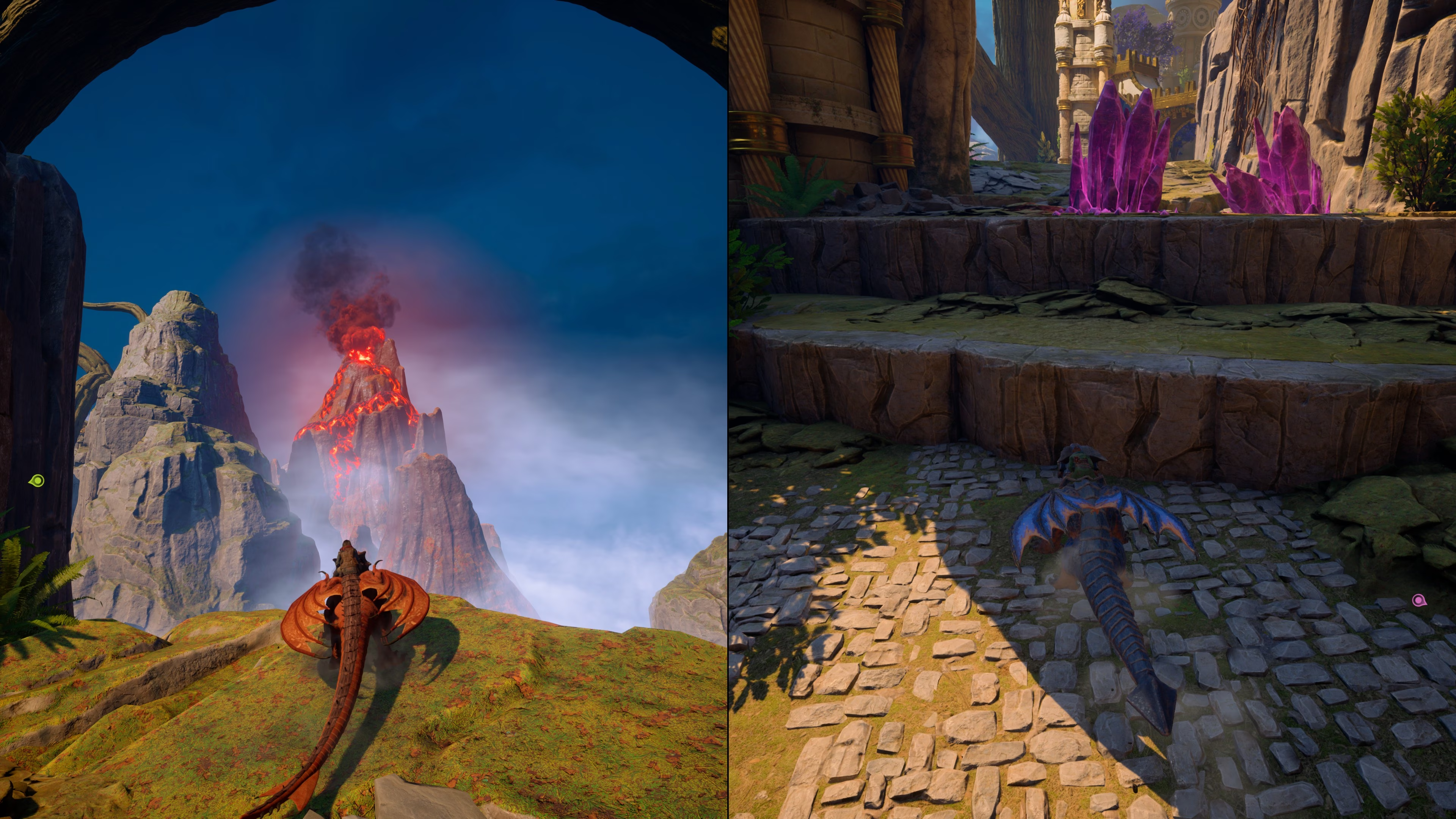
When Hazelight, the studio behind co-op classics like A Way Out and It Takes Two (a GOTY winner, by the way), releases a new game, people pay attention. Their latest title, Split Fiction, had a lot to live up to when it was revealed at last year’s The Game Awards. Fortunately, the game absolutely delivers: it’s an incredible achievement in game design and sets a new bar for couch co-op. However, while the gameplay is brilliant and constantly surprising, the story holding it all together is disappointingly simple.
Pros
- 🧠 One of the most original and inventive level designs and game mechanics ever conceived.
- ❤️ The absolute gold standard for couple’s or split-screen gaming experiences.
- 🎢 Constantly jumps between themes, levels, and mechanics, keeping the experience fresh.
- 🤣 Full of fun, comedy, and engaging banter between the two leads.
- 🕹️ Extremely user-friendly controls cater perfectly to casual or new players.
- 🎨 A visually vibrant, coherent world where fantasy and sci-fi mesh beautifully.
Cons
- 📖 The overarching story is basic, forgettable, and lacks the emotional depth of previous titles.
- ⚠️ The high level of accessibility leaves seasoned gamers wanting a difficulty toggle or challenge options.
Split Fiction is an exclusively two-player experience defined by its literal split screen. You cannot play this game in single player mode or with just one screen. It s always split-screen coop for the entirety of the experience. The brilliance lies in how the game seamlessly weaves together contrasting worlds of sci-fi and fantasy, switching between Mio’s cyberpunk sci-fi worlds and Zoe’s magical fantasy realms as the story progresses. This dynamic split-screen design introduces dozens of unique gameplay mechanics every level, constantly reinventing itself with new abilities, powers, and challenges that require precise communication and coordination between both players. It has arguably one of the most creative level and game mechanic designs for a co-op game, or any video game, ever.
Constant Gameplay Innovation From Start To Finish
The sheer flow of original ideas in Split Fiction is why this game is so essential. It forces you and your partner to constantly invent new ways to interact across the dimensional divide. You’ll be convinced that this is it, this is the peak of the game, the devs must have probably ran out of the ideas, only for them to go and impress you again on the very next level. This relentless creativity continues right up to the credits; the game never runs out of fresh concepts.
The mechanical puzzles are stunningly diverse. In one section, Zoe transforms into a Groot-like being to manipulate deadly flowers and force them to recede, while Mio shapeshifts into an amphibian creature to drag them both across piranha-infested waters. Later, Mio and Zoe find themselves on opposite sides of a room blocked by color-coded force fields, requiring them to shoot grenades at boxes on a conveyor belt and time their blasts perfectly to break through barriers. In another puzzle, Mio uses her ape transformation to push an ice cube while Zoe lifts tiles on the grid in her tree form, creating barriers that guide the cube to its destination.
The imaginative scale of these interactions is breathtaking and never runs out until the game ends. Importantly, the game maintains outstanding pacing that keeps you jumping from multiple different levels, themes, and game mechanics every once in a while. No puzzle drags on too long, and no single combat style becomes repetitive. You might however, love certain sections so much that you’d want to replay these again in the future, and that’s certainly possible since you can revisit the different levels in the game if you wanted to.
The Ultimate Date Night Game
This exceptional cooperative focus solidifies Split Fiction’s reputation as the best co-op, split-screen, or couple’s game available, probably on par and even surpassing Hazelight’s own It Takes Two in some aspects. It is impossible to succeed without genuine communication and trust, making it a perfect choice for couples or friends who want a deeply shared, problem-solving experience.
The tone is another major asset. The experience is full of fun and comedy, lighthearted but with a touch of seriousness that grounds the plot when it needs to. The banter between the protagonists – one reserved and pragmatic, and one cheerful and optimistic – is genuinely funny and a good dynamic. The world is a joy to inhabit, and the design frequently encourages players to spend a moment messing around before tackling the next big objective.
A Very Accessible Game
Considering the main selling point is coop, and that coop play is probably with someone who’s not a gamer, the entire game is very accessible to casual players. Platforming segments are forgiving, and even the aiming mechanics are simplified with slight assists and magnetized jump ledges. This ensures that players of all skill levels can remain engaged and, crucially, that neither partner feels like they are the anchor slowing the team down.
However, this ease of use is a double-edged sword for the seasoned gamer. The game might come across as a little too easy for veteran players, and there is currently no way to up the challenge, at least for a specific player. There should be “reverse accessibility” settings for veterans, allowing them to turn off magnetism, aim assist, platforming assists, and other helpful features for them only. Hazelight has perfected the ability to make players feel clever, but they have yet to master the art of making veterans feel truly tested.
A Beautiful Traditional Game
Beyond the mechanics, Split Fiction delivers a gorgeous audiovisual experience. The game runs great and looks great. It doesn’t rely on cutting-edge graphical tricks like ray tracing or frame generation; instead, it uses a pure, traditional style of graphics. The vibrant color palette and smooth, highly detailed character models give the impression that you are inside a highly interactive, top-tier 3D animated movie.
The art direction is magnificent. Despite constantly shifting between fantasy and sci-fi aesthetics, the game loses no sense of identity. Everything meshes seamlessly together, from the colors and the environments to the characters themselves, creating one coherent, imaginative world. The atmosphere is further bolstered by a fantastic soundtrack that shifts effortlessly between sweeping orchestral scores for the fantasy side and pulsing synth-wave beats for the futuristic settings.
The Simplistic Narrative
The story, while functional, is easily the game’s weakest element. The setup – two writers trapped in a simulation by Rader Publishing’s CEO, who plans to harvest their creative ideas—is simple and often predictable. It Takes Two elevated its premise with the emotional complexity of a crumbling marriage, delivering Pixar-caliber storytelling that gave weight to every mechanic.
Split Fiction opts for a more straightforward “tech villain” narrative that, while serviceable, rarely reaches beyond familiar beats. The corporate antagonist feels more buffoonish than menacing, and the overarching plot lacks the thematic depth that made the previous game’s relationship drama so compelling.
To its credit, the developers manage to save face with strong character writing. They do a solid job developing the relationship between the two protagonists, making their individual journeys and back-and-forth dialogue interesting enough to sustain the adventure. But the core narrative lacks the emotional weight and thematic complexity that made the studio’s previous work so memorable.
Conclusion
Split Fiction is an absolutely mandatory purchase for anyone seeking a truly collaborative and awesomely cool gaming experience. It is a masterpiece of game mechanics and level design, constantly surprising, entertaining, and visually stunning. It provides dozens of hours of pure co-op fun. (We clocked in at 20+ hrs beating it). While the overarching story is weak and experienced players will long for a difficulty toggle, these minor flaws are easily forgiven when faced with the overwhelming amount of creativity poured into every scene. Grab a friend and experience some of the most innovative design in modern gaming; you won’t regret it.
